A budget between €1,000 and €3,000 works best for entry to mid-tier electric mountain bikes. Making the most of your investment needs more than just money.
The first steps into electric mountain biking can be exciting and might change your life completely, whether you’re buying your first e-MTB or want to improve your skills. Electric bikes have become the go-to choice for outdoor enthusiasts. They blend adventure with eco-friendliness and let riders tackle challenging terrain with confidence. The most expensive e-MTB won’t give you the ride you want without proper knowledge of motor types, battery management, and riding techniques.
This piece will show you everything about getting the best from your electric mountain bike. You’ll learn the differences between hub motors and mid-drive motors, pick up crucial safety skills, and understand trail etiquette. We’ll help you avoid mistakes that new riders often make. Your path to becoming a confident and responsible e-MTB rider starts here!
Understand the Key Parts of an Electric Mountain Bike
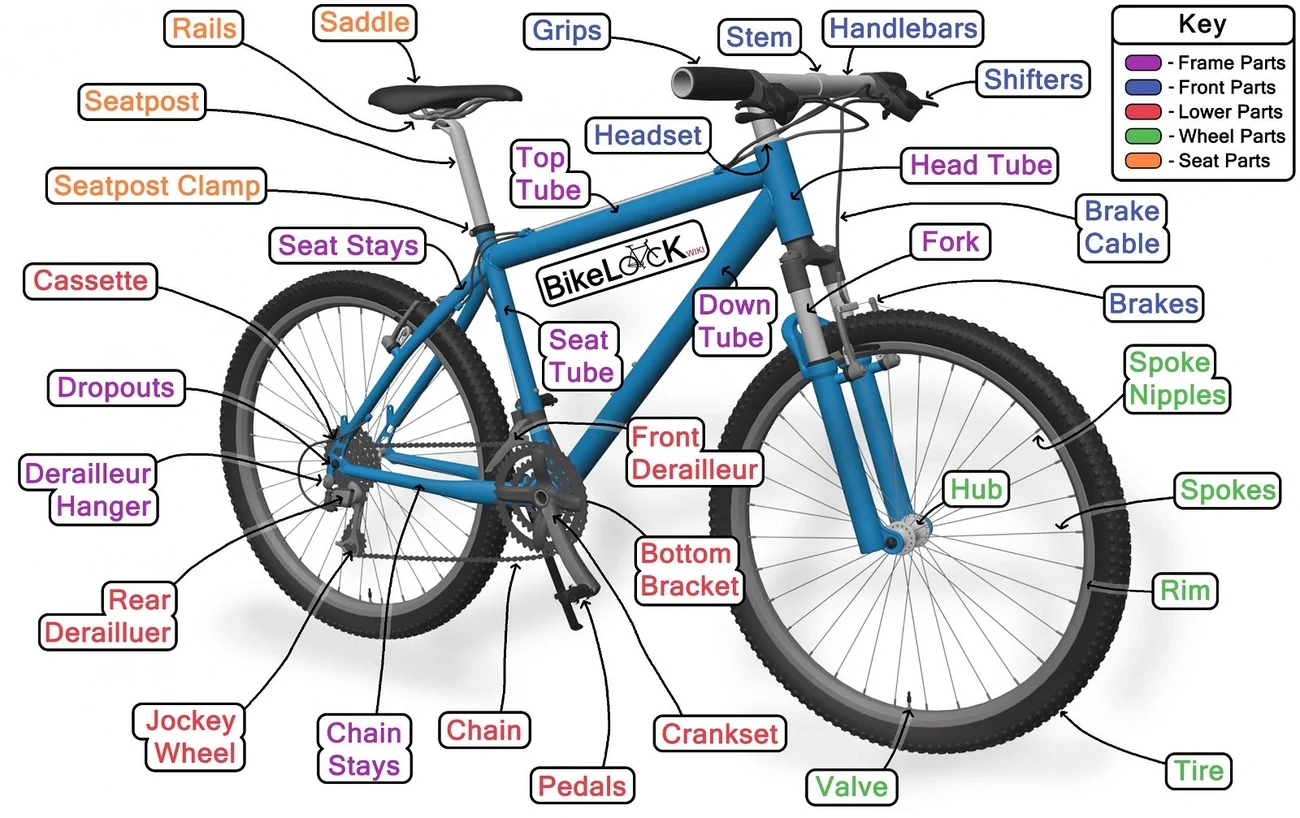
Getting the most from your electric mountain bike requires understanding its components. Each part serves a vital role in your e-MTB’s performance and riding experience.
Motor types and their effect on performance
Your e-MTB’s motor serves as its powerhouse. Quality electric mountain bikes commonly feature ‘mid-drive’ motors at the down tube and seat tube junction, which lowers the center of gravity and improves handling. Hub motors can also be found in front or rear wheels, where front hub motors create a ‘pulling’ sensation and rear hub motors deliver a more natural ‘pushing’ feel that many riders prefer. Mid-drive motors, in particular, perform exceptionally well on challenging terrain and steep inclines because they deliver power through the bike’s drivetrain. European regulations require e-MTB motors to have a maximum continuous output of 250W and assist only up to 25 km/h for bicycle classification. Models like the DYU FF500 employ efficient motor systems that balance power and legal compliance perfectly, making them a great example of mid-drive motors in action.
Battery capacity and charging tips
Your riding range depends on battery capacity, measured in watt-hours (Wh). E-MTB batteries typically range from 400Wh to 800Wh. Higher capacity batteries offer longer rides but add weight—about 650g to 1kg per 100Wh.
Most e-MTBs need 3 to 8 hours to charge from empty, based on battery capacity and charger power. Battery life optimization requires:
- Room temperature charging (10-25°C works best)
- Protection from extreme temperatures during storage and charging
- Complete battery drain below 10% and full recharge once every three months
- Exclusive use of approved chargers
Display and controller functions
Your e-bike’s controller connects all electrical components and functions as its brain. The display, mounted on the handlebar or integrated into the top tube, shows battery level, speed, assist mode, and estimated range.
Today’s displays range from basic LED indicators to advanced color touchscreens with navigation features. Many systems connect to smartphones and let riders customize motor settings and track ride data.
Suspension and frame geometry basics
E-MTBs feature either hardtail or full suspension designs, with full suspension bikes providing better control and comfort on technical terrain. Suspension travel typically ranges from 145mm for versatile all-rounders to 170mm for downhill-focused riding, as explained in this Canyon article.
Frame geometry further shapes the bike’s handling characteristics. Modern e-MTBs usually feature slacker head angles, around 65°, to improve stability, and steeper seat tube angles, around 75°, to enhance climbing efficiency. They also tend to have longer chainstays and wheelbases than non-motorized mountain bikes, helping them manage the extra weight more stably.
Master the Basics of Riding an e-MTB
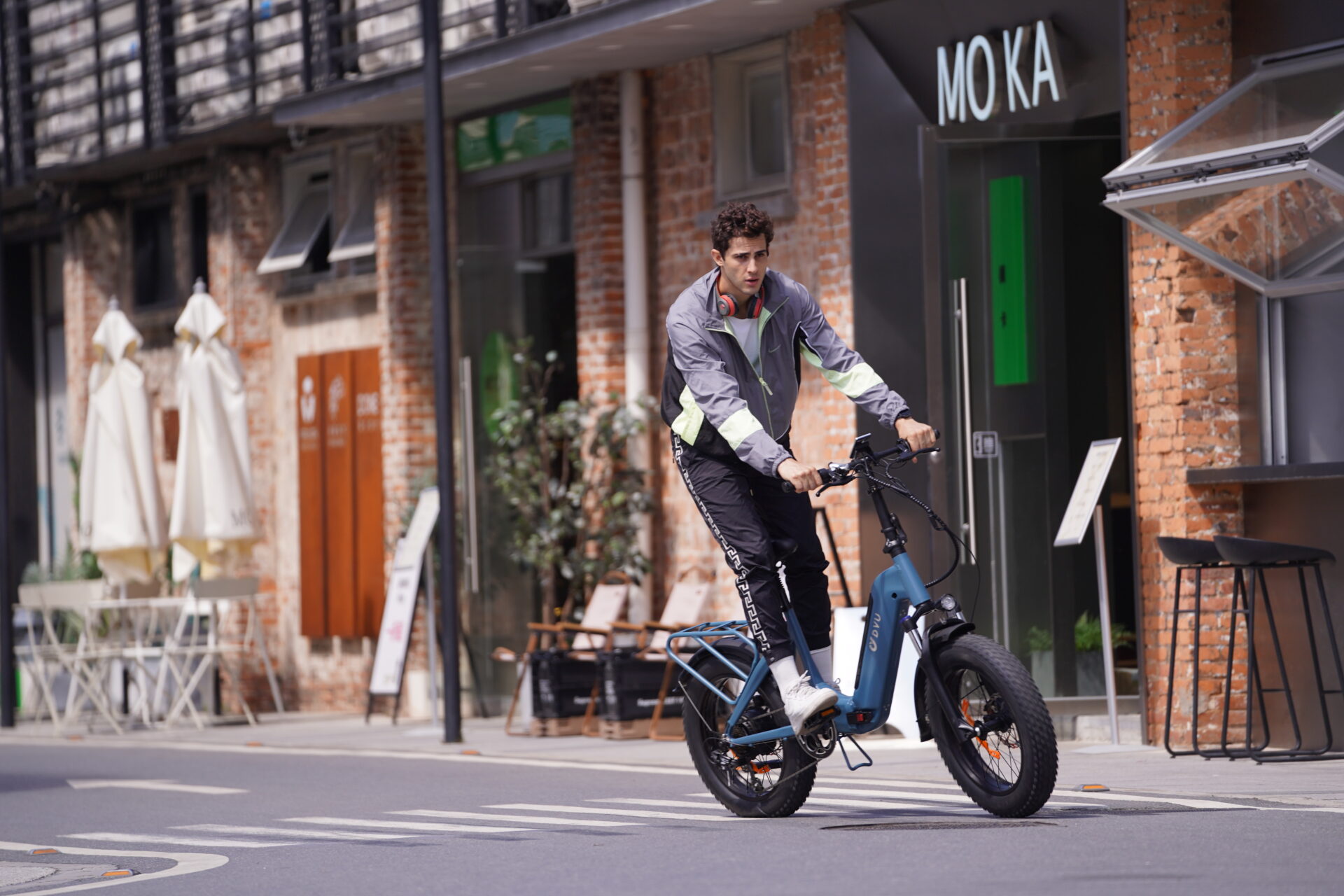
Riding an electric mountain bike means adapting your traditional cycling techniques to handle the extra weight and power. The additional mass might feel challenging at first, but practice quickly turns it into an advantage.
How to start and stop smoothly
Your e-MTB’s motor power requires anticipation before starting. Selecting a lower pedal-assist level helps avoid sudden acceleration from a stop. Position the bike at a 45-degree angle to the slope with a low gear for smoother starts on steep terrain. Since e-MTBs weigh more and need additional braking distance, start slowing down earlier than on regular mountain bikes. Dropping your heels, bending your knees to lower your center of gravity, and moving your hips back helps maintain control when stopping on descents.
Balancing a heavier e-bike
The extra weight of your e-MTB can be an advantage for stability once you adjust your technique. The motor and battery add weight at the bike’s core, lowering the center of gravity and keeping your wheels firmly planted on technical descents. On steep climbs, a slight forward weight shift helps keep the front wheel down, especially when using higher assist modes.
Using pedal-assist effectively
The motor performs best when you maintain a cadence between 70–90 RPM. Easy gears combined with motor assistance work better than grinding in high gears. The drivetrain lasts longer if you ease off pedaling slightly during gear shifts. Models like the DYU FF500 deliver optimal performance when you work with the motor’s power rather than against it. Modern e-MTBs typically offer 3–5 levels of assistance to match different riding conditions.
Adjusting to different terrains
Steep climbs become easier with a lowered seat position that increases traction and stability. For switchbacks, approach widely around the exit while maintaining pedal motion. The e-MTB’s weight adds stability on descents, but jumps result in faster drops. Loose or technical climbs require reduced assist levels to maintain traction and prevent wheel spin. For long rides over varied terrain, strategically using higher power modes helps conserve battery life.
Know the Rules and Ride Responsibly
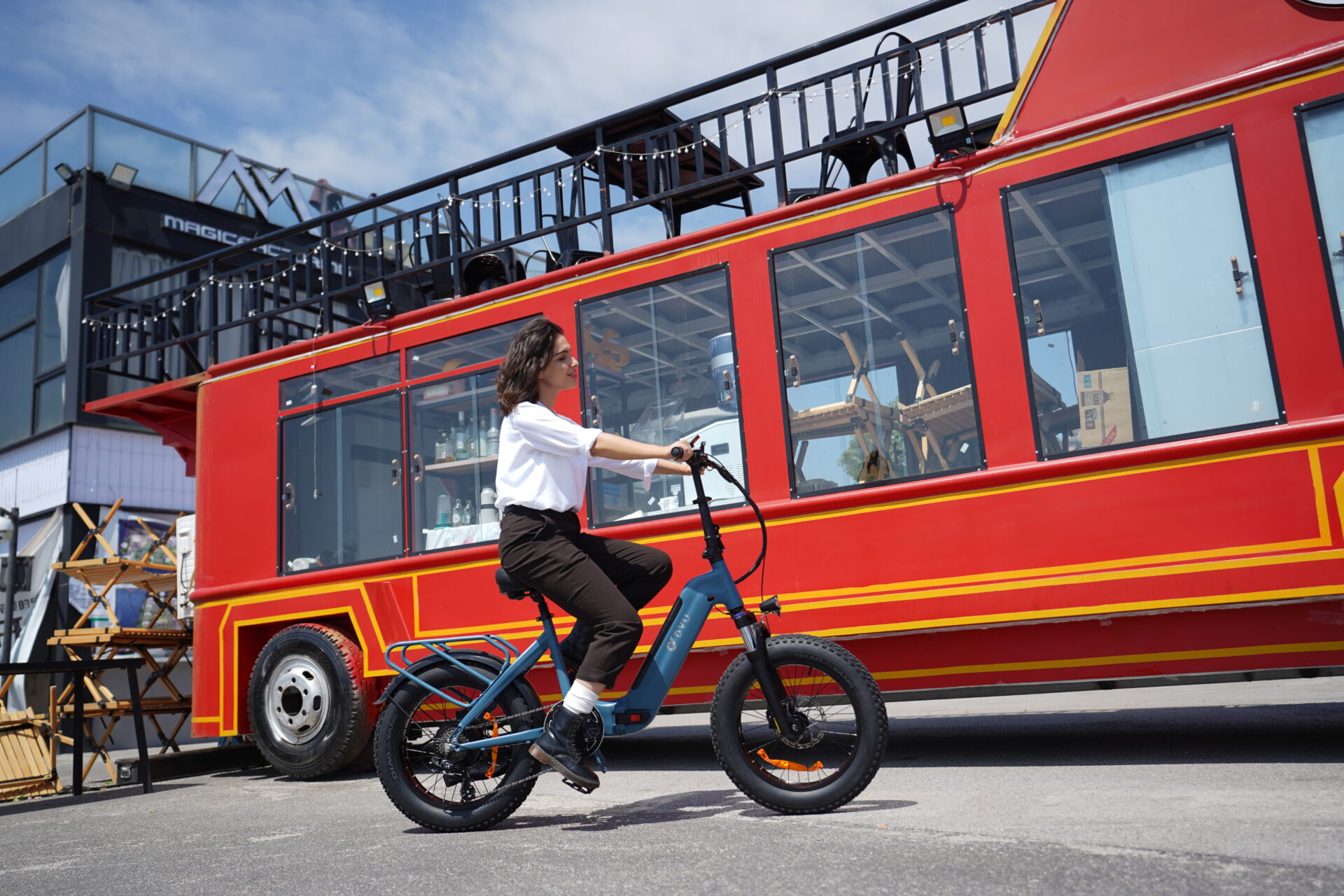
More riders share trails these days, so every electric mountain bike rider needs to know e-MTB rules.
E-bike classifications and what they mean
E-bikes come in three distinct classes based on how their motors work:
- Class 1: Pedal-assist only, reaching maximum speeds of 20 mph
- Class 2: Has throttle functionality up to 20 mph
- Class 3: Pedal-assist only with speeds up to 28 mph
Legal riding zones for each class
Different land agencies handle access rules differently. For example, the U.S. Forest Service classifies e-MTBs as “motorized” vehicles, while the National Park Service allows park superintendents to decide whether e-bikes can use regular bike trails. Before taking your DYU FF500 or any e-MTB out, make sure to check with local authorities about current regulations. Class 1 e-MTBs usually receive the most trail access.
Trail etiquette for e-MTB riders
Good trail behavior means you should:
- Let all other trail users go first
- Watch your speed, especially around blind corners
- Stay away from wet or muddy trails
- Let others know before you pass them
Why following rules protects access for all
The way you ride today shapes future e-MTB access. The International Mountain Bicycling Association points out that “a few bad apples can spoil the whole bunch”. Following trail rules helps land managers and other users see e-MTB riders positively, which could lead to more trail access. Your trail behavior today determines where we can ride tomorrow.
Maintain and Upgrade Your e-MTB Over Time
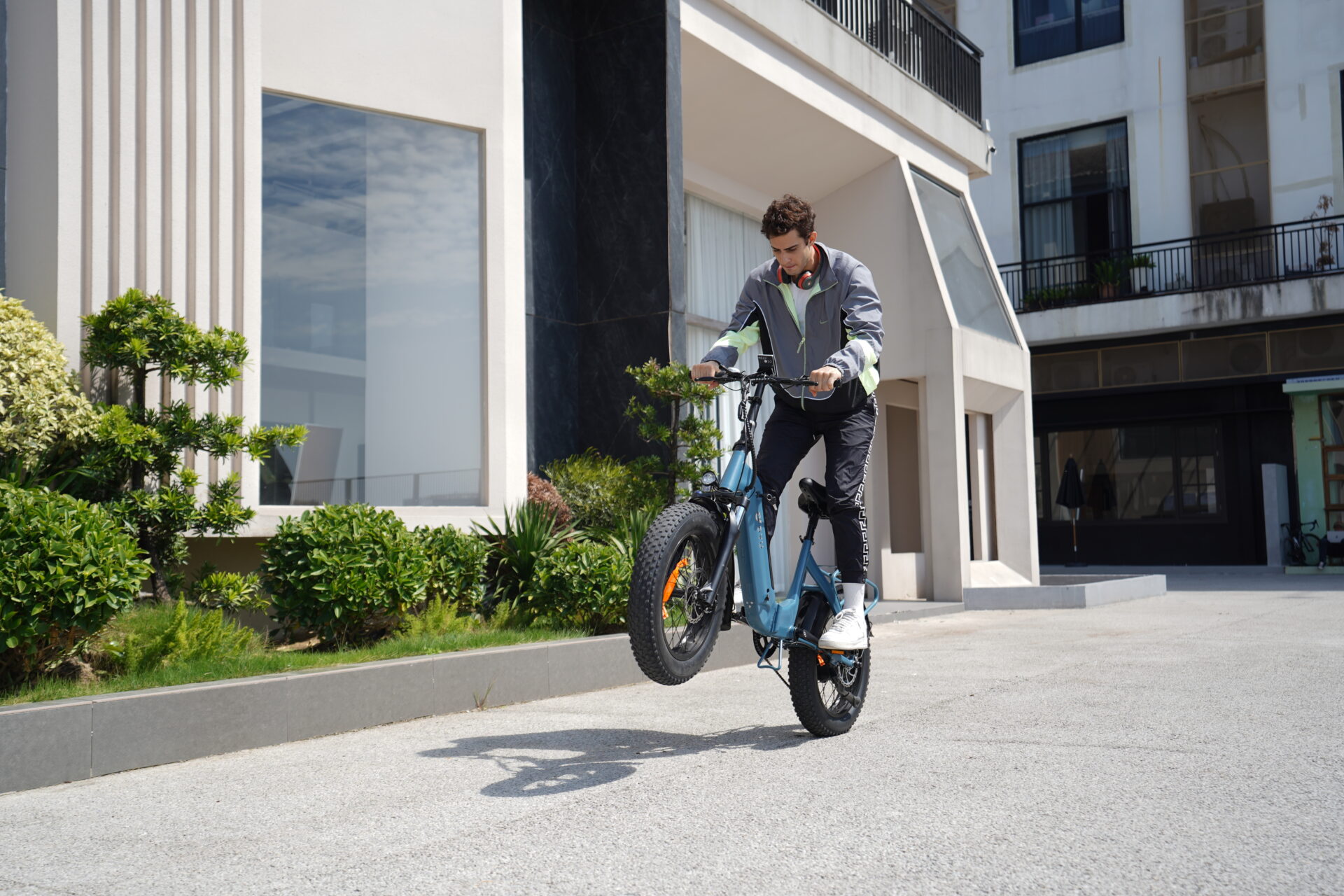
Your electric mountain bike’s life span depends on good maintenance that keeps you safe on trails. A properly maintained e-MTB performs better and helps you avoid pricey repairs later.
Routine maintenance checklist
Your home maintenance should cover:
- Check tire pressure before rides to save battery life
- Clean and lubricate your chain every few rides
- Check brake pads monthly and replace them when worn down
- Clean the frame after muddy rides to protect components
- Keep battery at 40-60% charge during long storage periods
When to get a professional tune-up
Professional servicing makes sense:
- Every 30 hours of riding or 500 miles, whichever happens first
- Every six months if you ride regularly
- Right before riding season after winter storage
- Right away if you notice electrical issues, poor performance, or strange noises
Essential accessories for safety and comfort
These upgrades will boost your riding experience:
- E-MTB specific tires with reinforced casings last longer
- Frame protection guards keep your bike safe from rock damage
- Quality helmet with MIPS technology gives better protection
- Reliable bike lock with GPS tracking adds security
Why the DYU FF500 is easy to maintain and upgrade
The DYU FF500’s available components make maintenance and upgrades straightforward. You can remove the battery easily, which helps with winter storage and charging. The bike’s drivetrain works with standard maintenance tools, which saves money on special equipment.
Conclusão
Electric mountain biking gives you a thrilling way to explore nature with pedal assistance. This piece covers everything in e-MTB mastery. You’ll learn about critical components and responsible trail etiquette.
Your knowledge makes all the difference between just owning an e-MTB and getting the most out of it. The right motor type, battery management, and riding techniques boost your adventures whatever terrain challenges you face.
Simple skills like smooth starts, proper braking, and weight distribution become natural with practice. On top of that, smart use of pedal-assist modes makes your rides better and helps your battery last longer on extended trips.
Trail etiquette and following the rules protect access for everyone. Always check your local regulations before taking your e-bike out on the trails.
Of course, regular maintenance helps your bike last longer and perform better. The DYU FF500, which costs between €1,000-€1,500, shows how an e-MTB that’s managed to keep up can give you years of reliable service when you take good care of it.
Electric mountain biking should be fun and follow green practices. Taking time to learn these basics helps you dodge common mistakes and build skills that make every ride better. The trails are waiting—happy riding!
Perguntas frequentes
Q1. What are some common issues with electric mountain bikes?
Loose wires in electrical components are a frequent problem, especially in the rear hub motor. The constant vibration and impact from trail riding can cause connections to come loose or become damaged, affecting the bike’s performance.
Q2. What are some important “don’ts” when using an e-MTB?
Avoid washing your e-bike upside down, leaving the battery empty after rides, overcharging the battery, contaminating disk brakes, and neglecting to carry essential supplies. These practices can damage your e-bike or leave you stranded on the trail.
Q3. How can I maximize my e-MTB’s battery life?
To extend battery life, maintain a cadence between 70-90 RPM, use lower assist levels when possible, charge at room temperature, and store the battery at 40-60% charge if not using it for extended periods. Also, avoid extreme temperatures during storage and charging.
Q4. What are the key maintenance tasks for an e-MTB?
Regular maintenance includes checking tire pressure before rides, cleaning and lubricating the chain, inspecting brake pads monthly, wiping down the frame after muddy rides, and getting professional tune-ups every 30 riding hours or 500 miles. Also, address any electrical issues or unusual noises promptly.
Q5. How do I ride an e-MTB responsibly on trails?
Ride responsibly by following local regulations, yielding to other trail users, controlling your speed (especially near blind corners), staying off wet or muddy trails, and announcing yourself before passing others. Always check trail access rules for e-bikes in your area before riding.



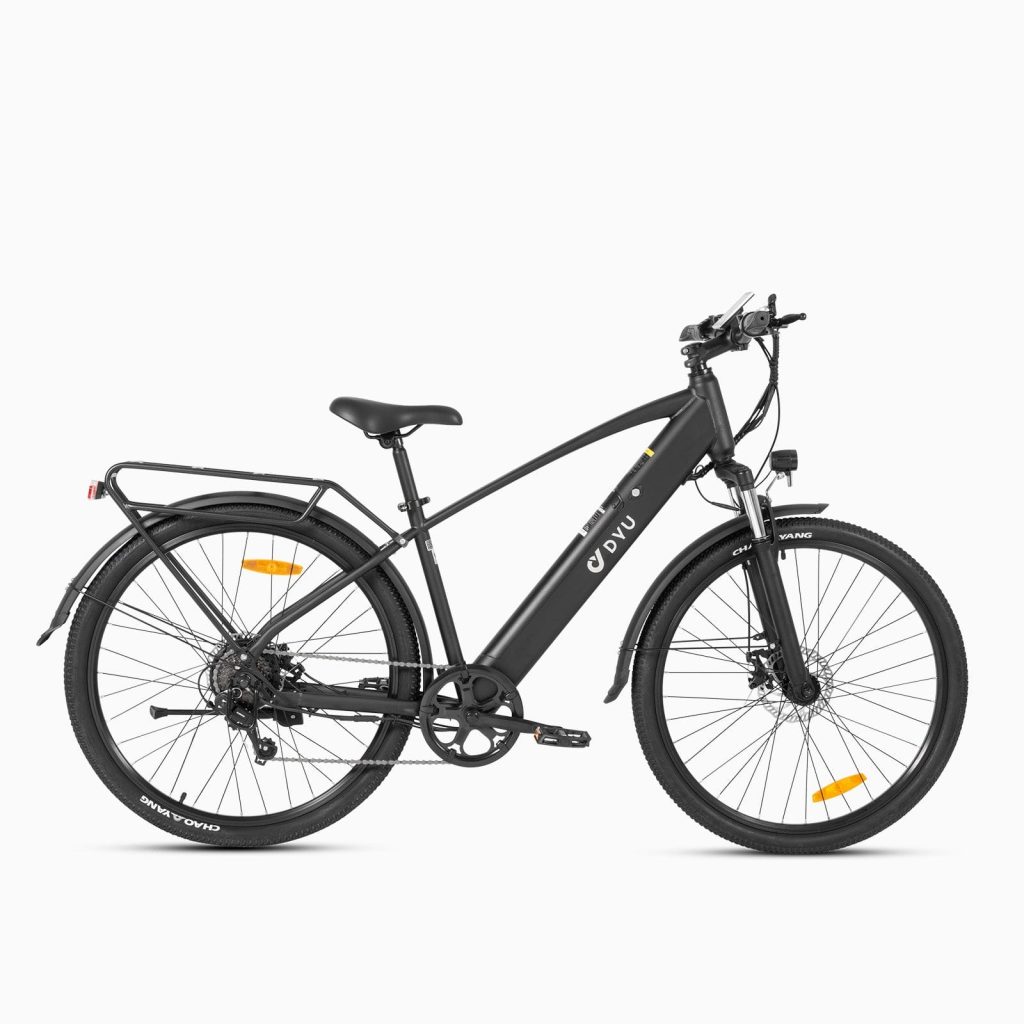
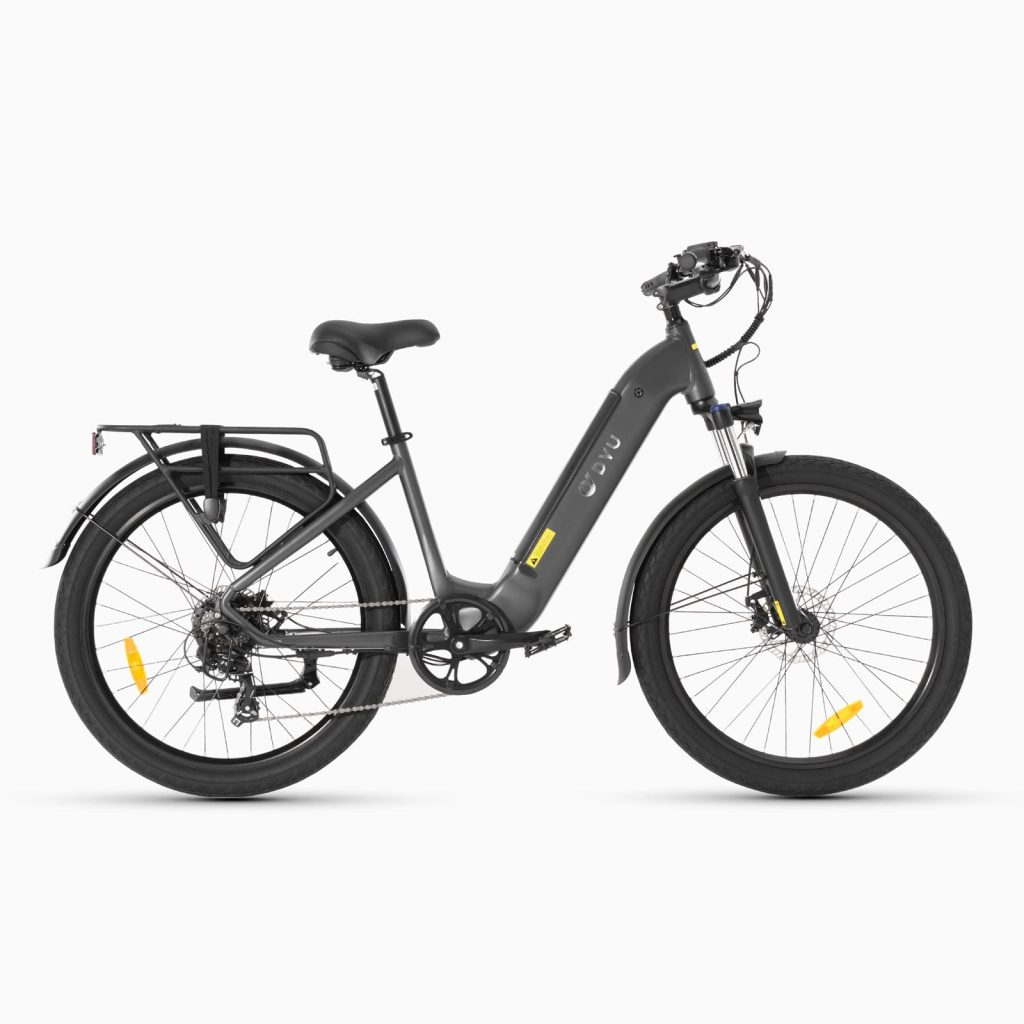

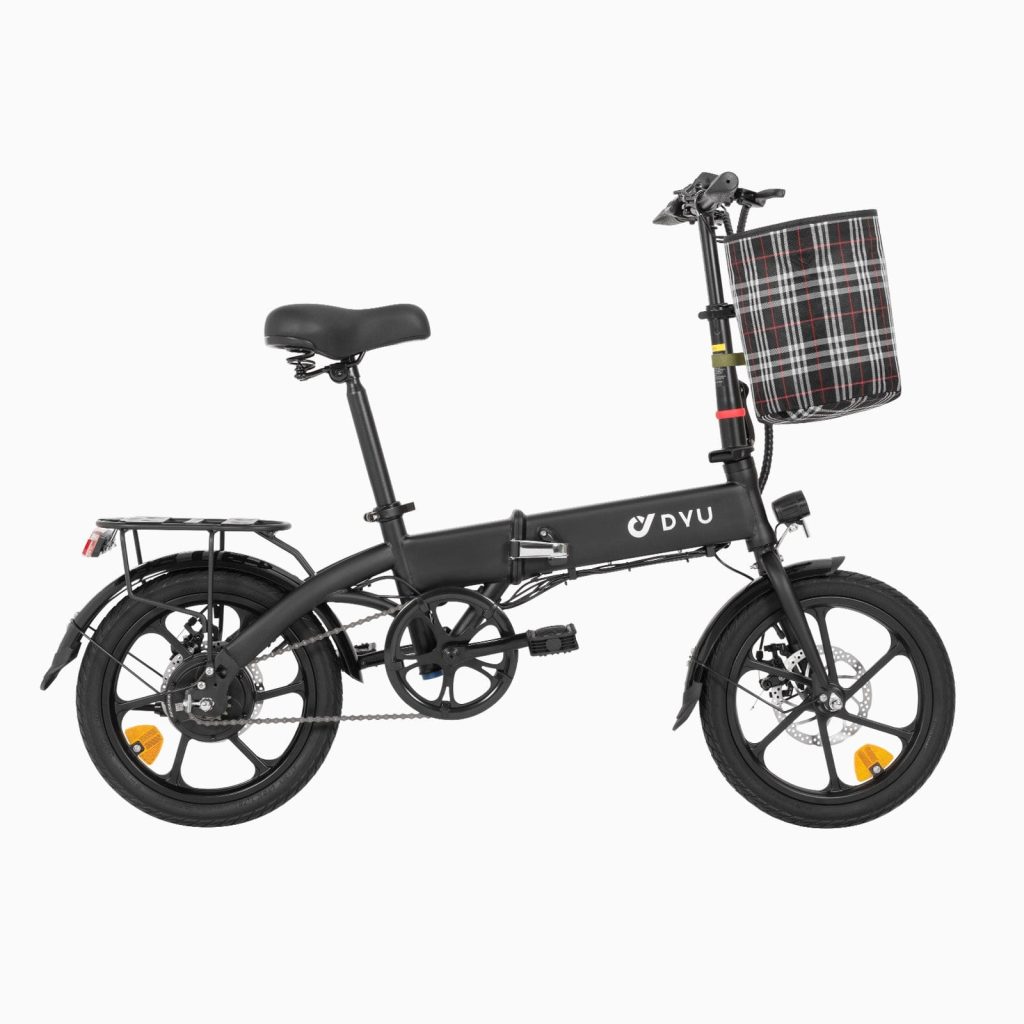
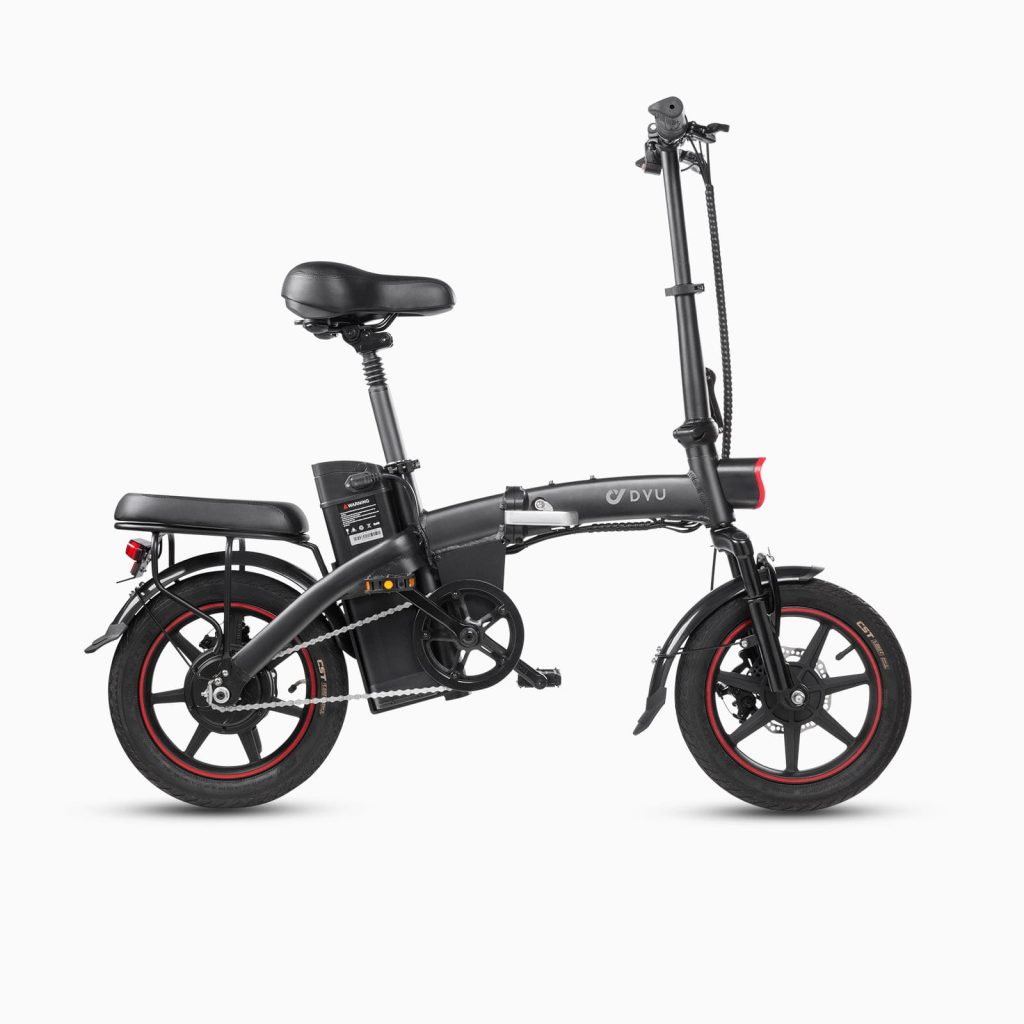



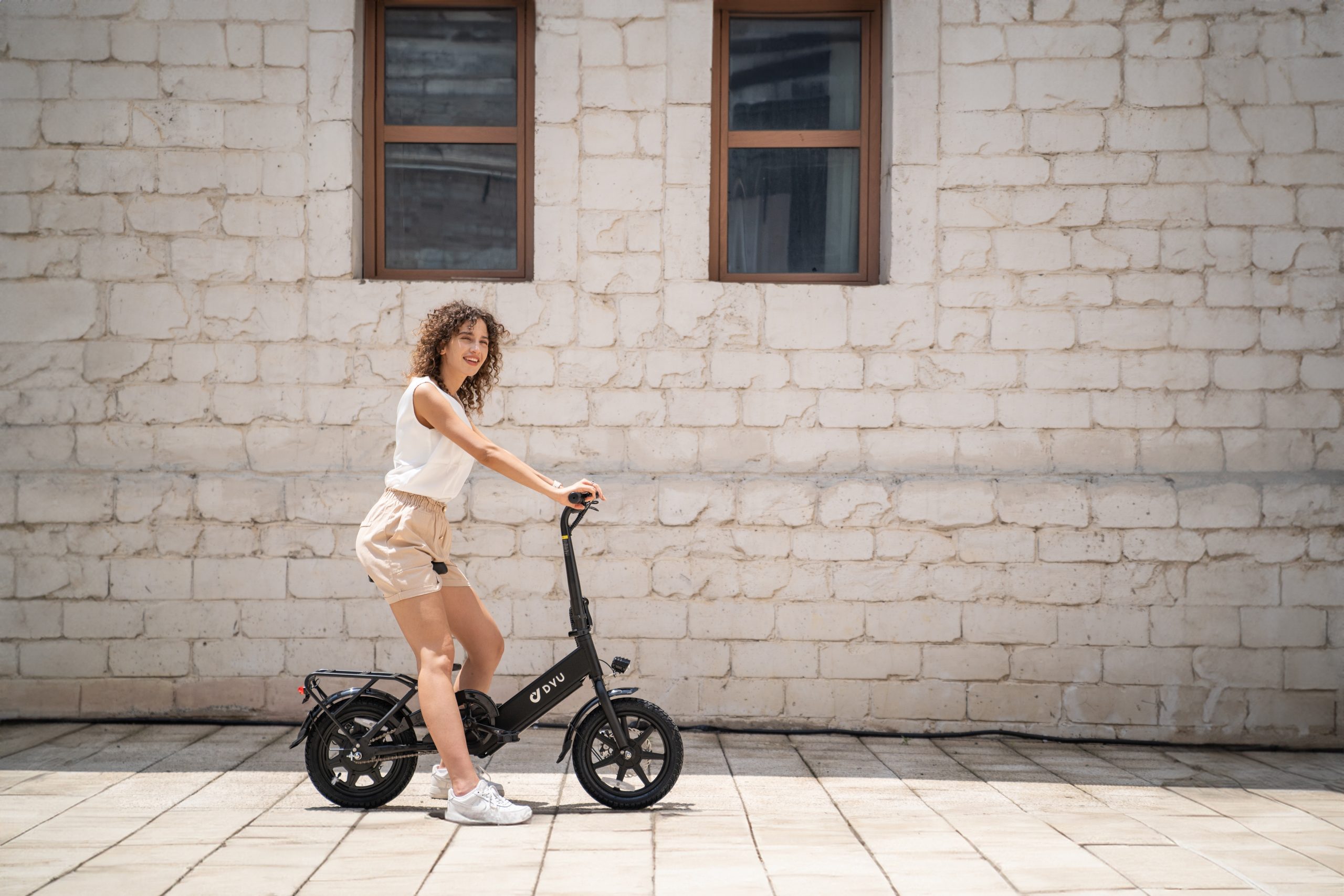
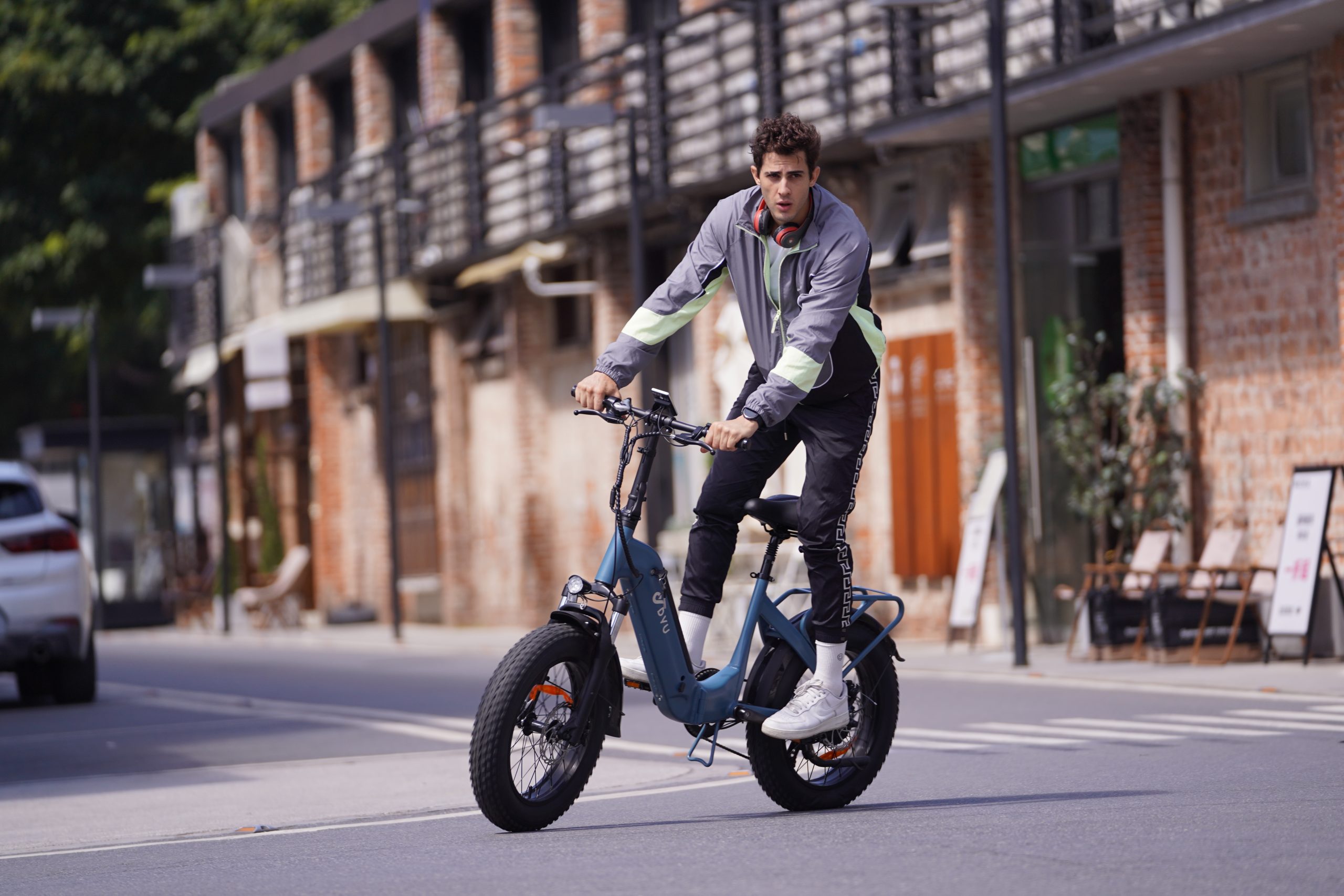

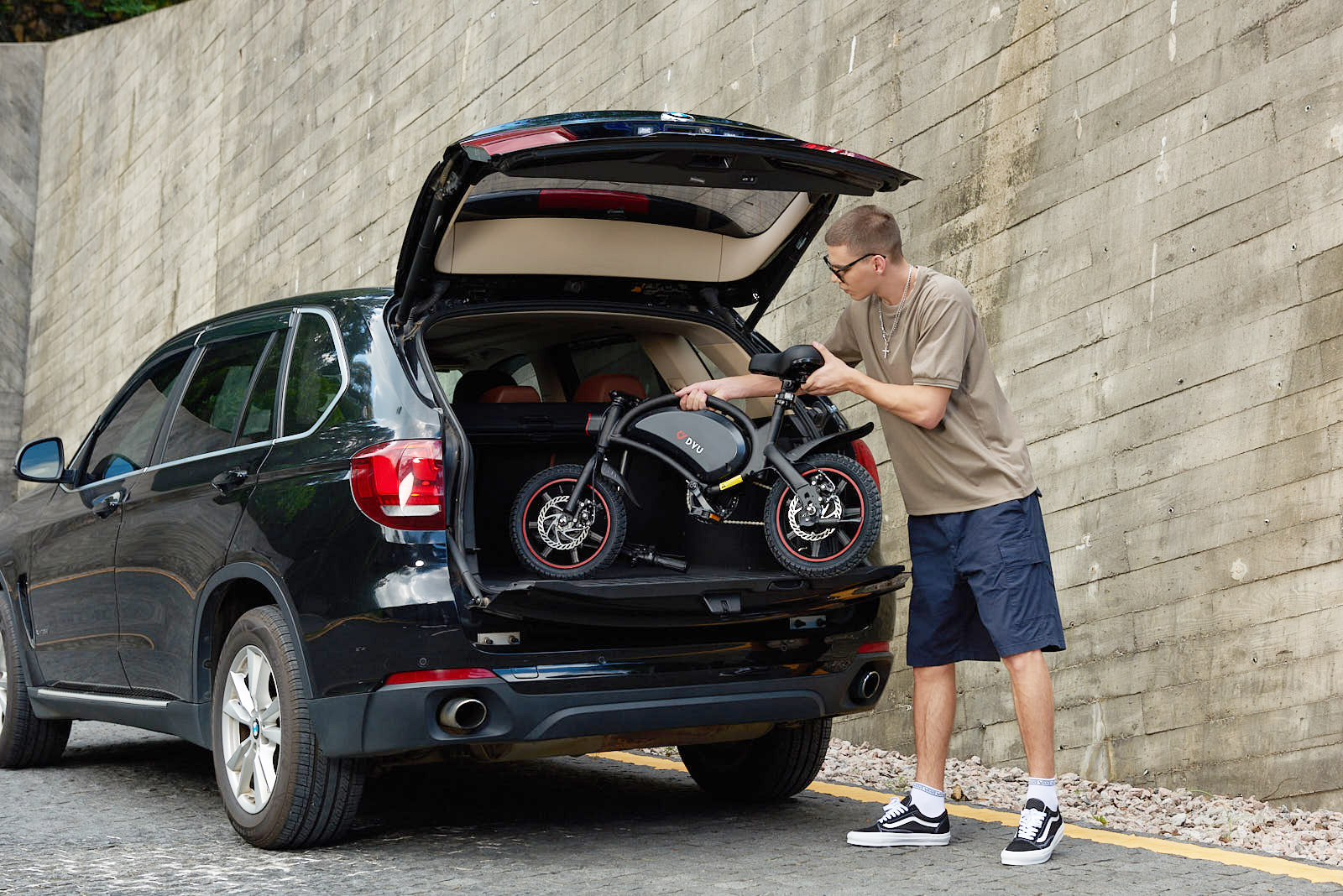

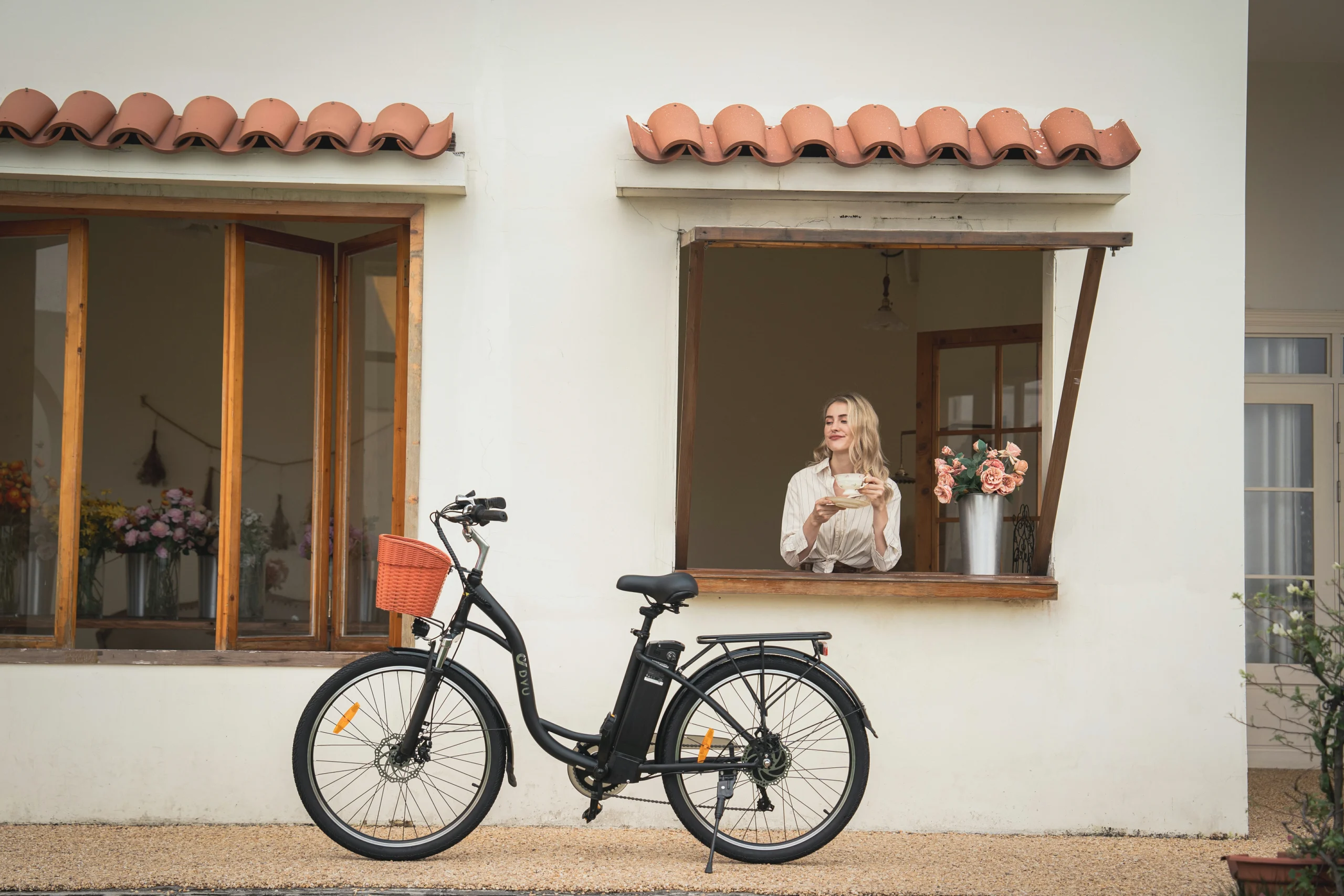
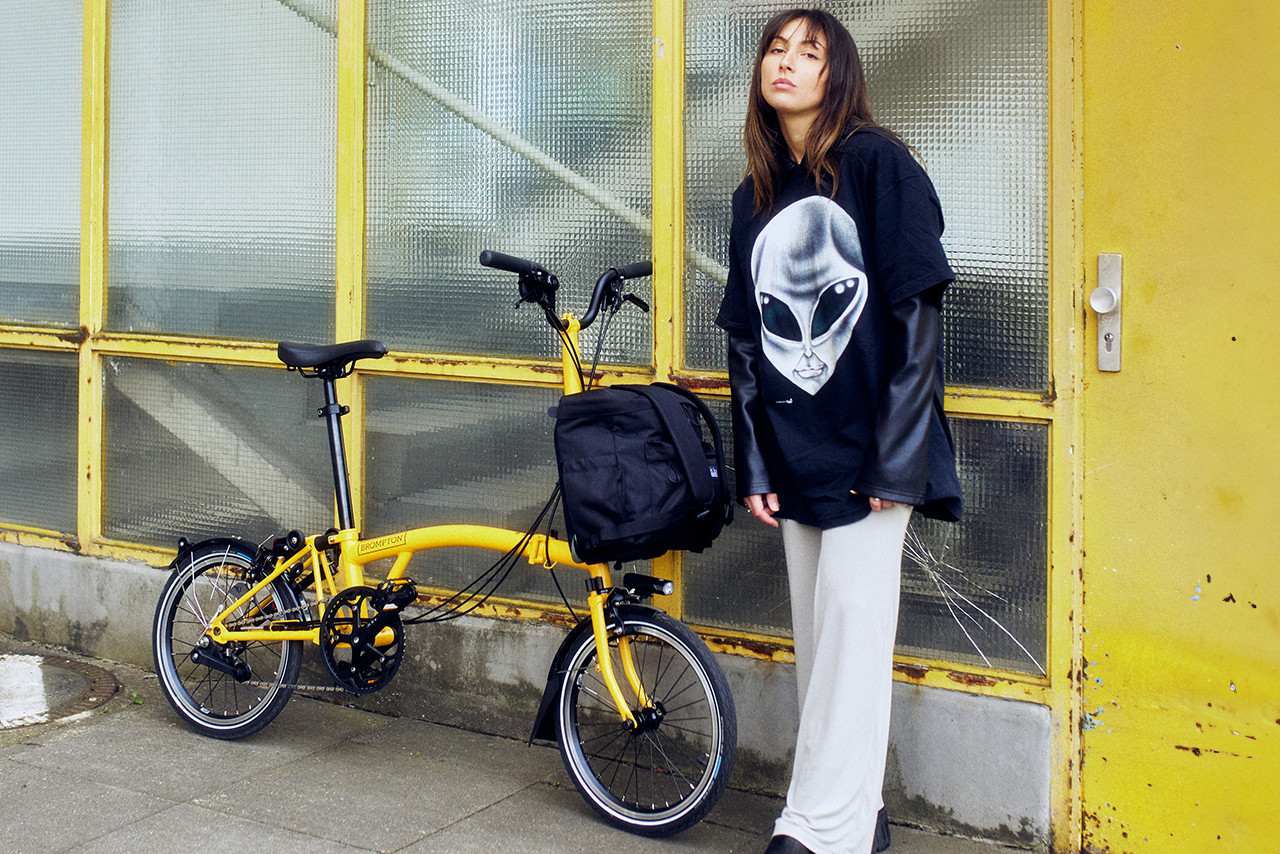
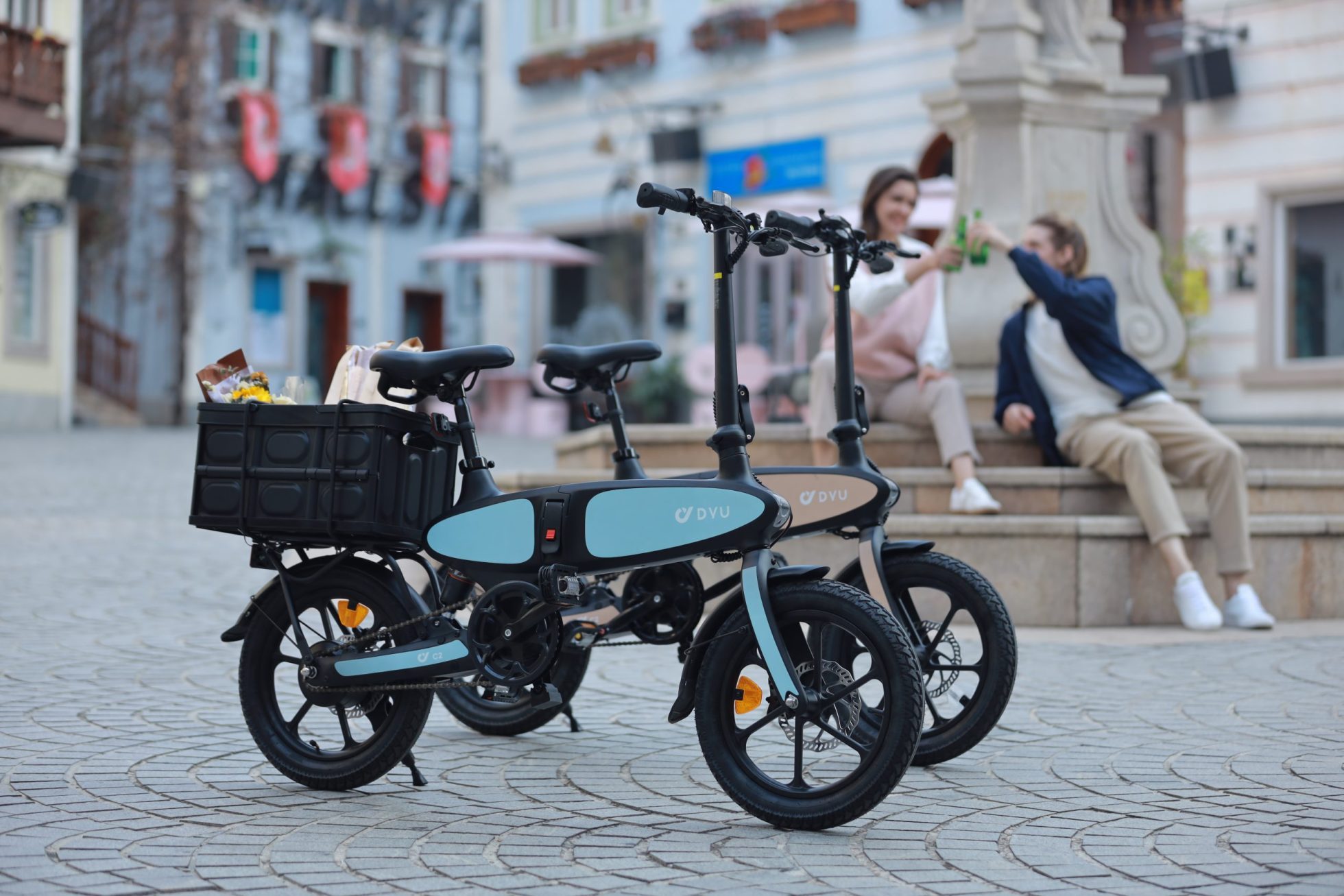
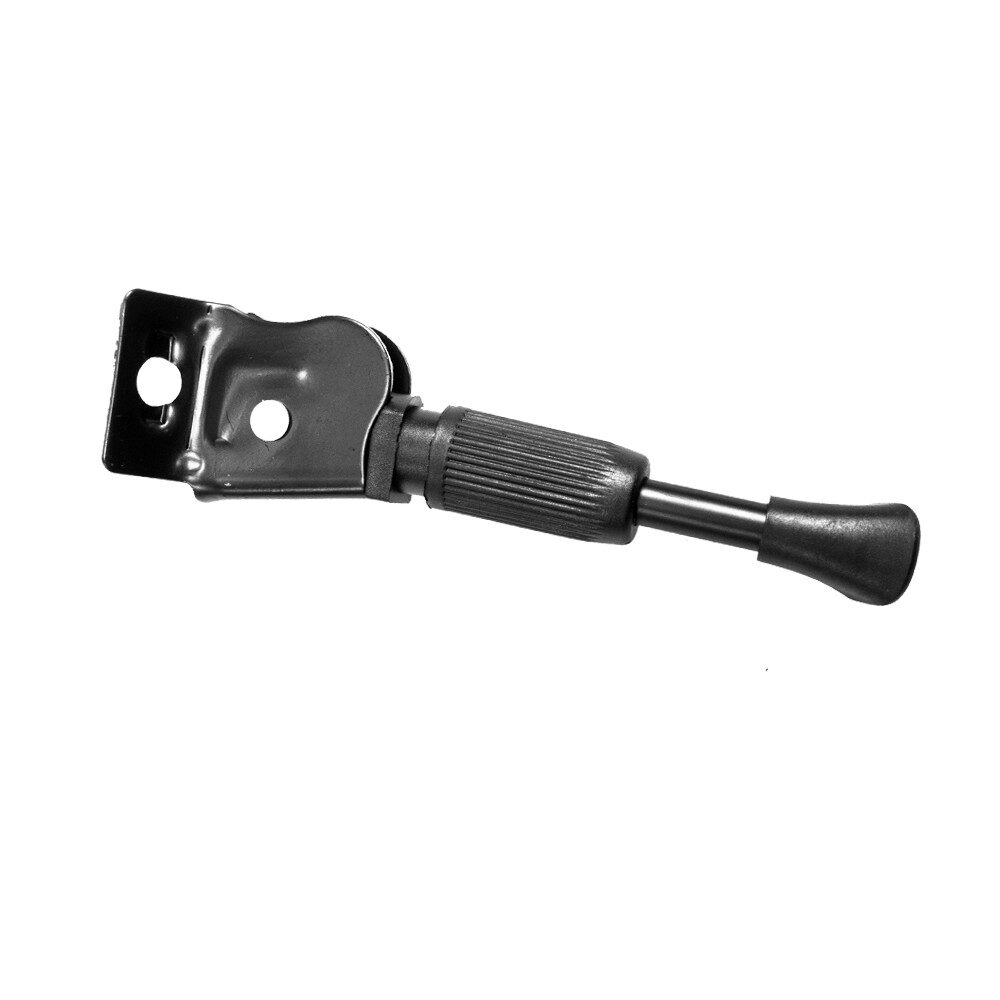

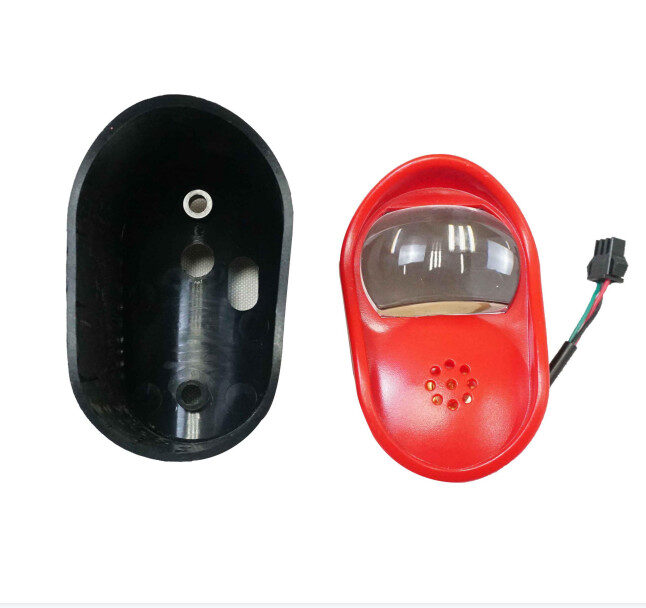
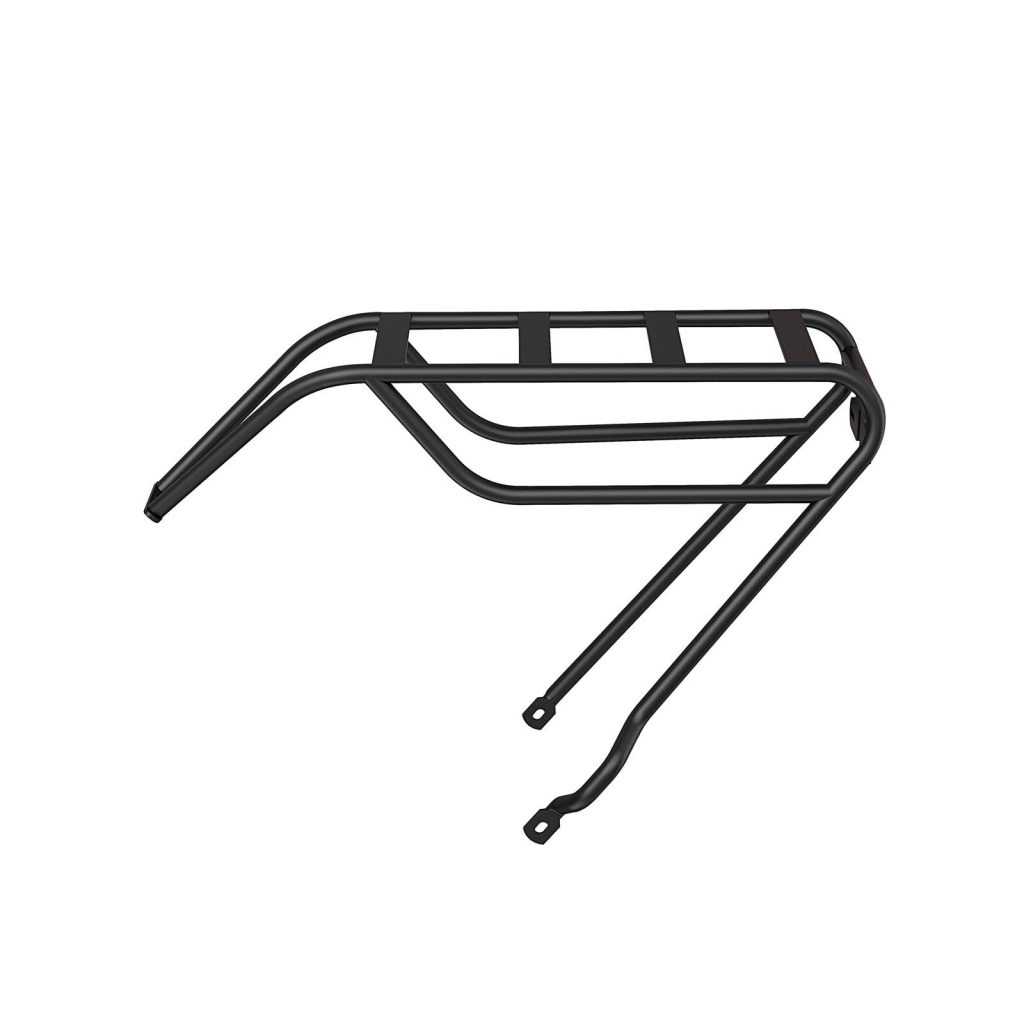
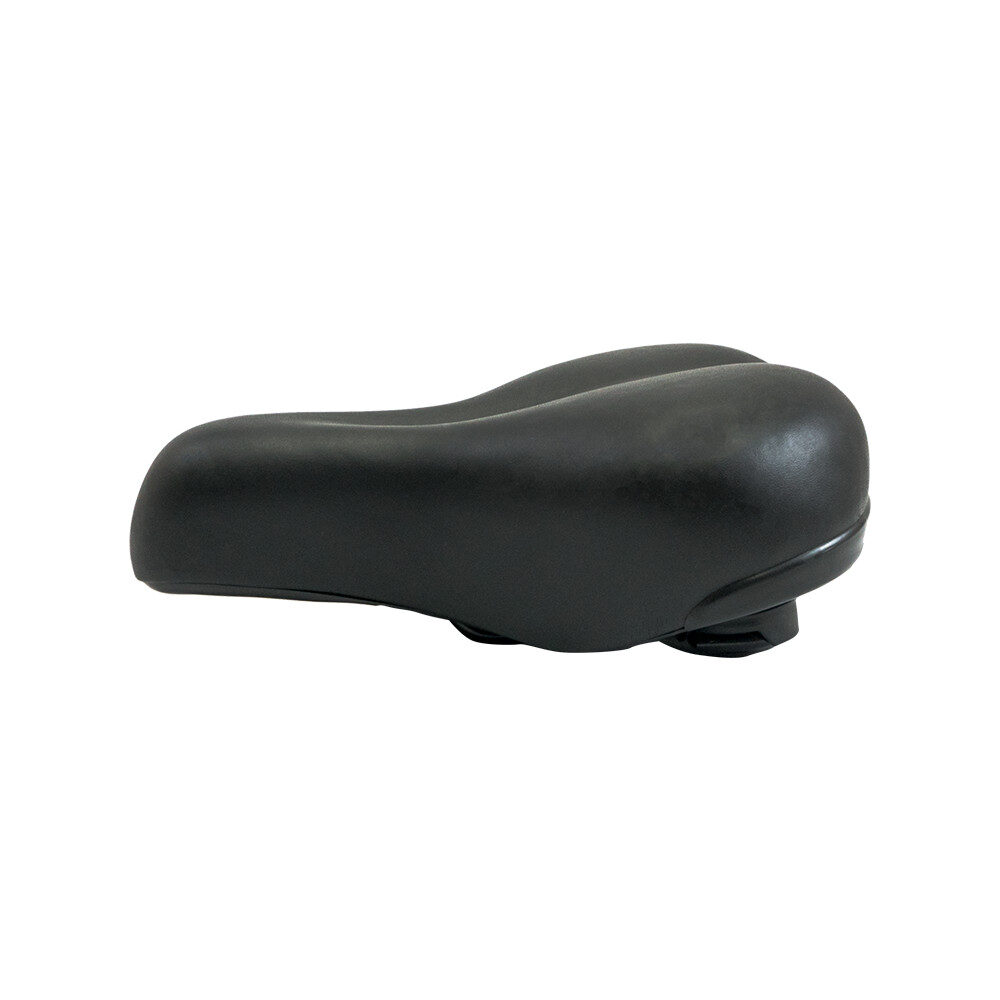

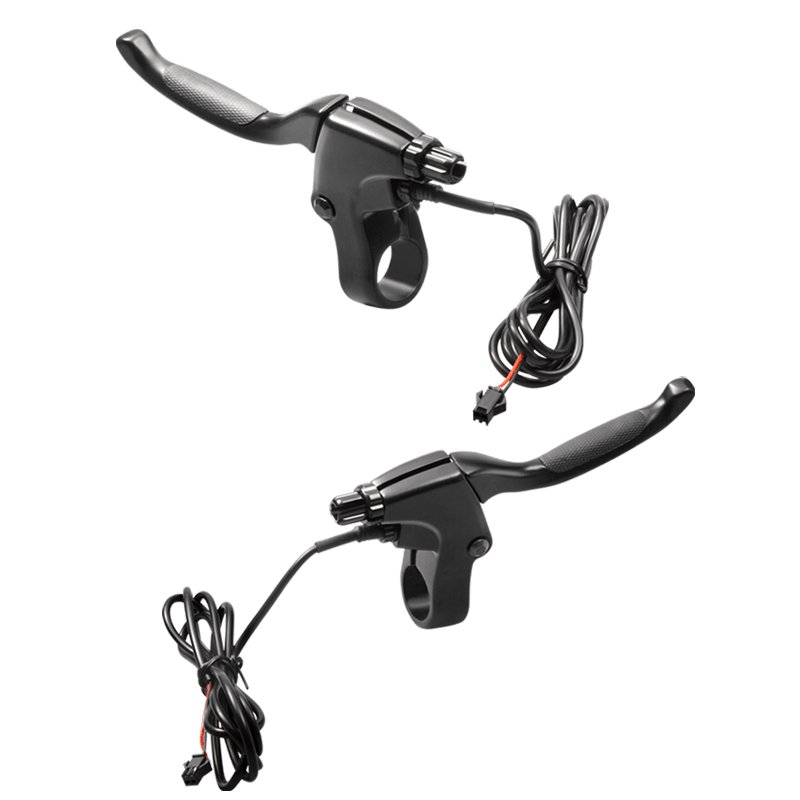
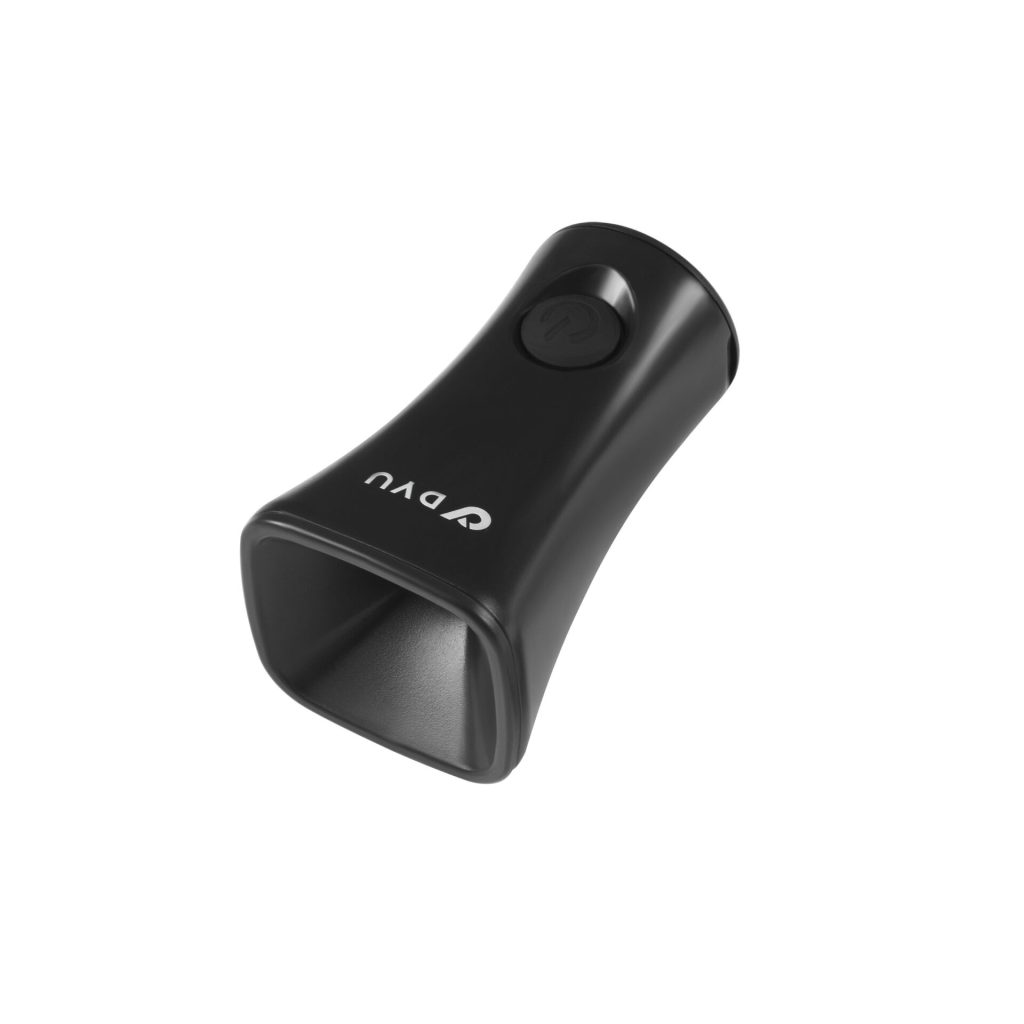







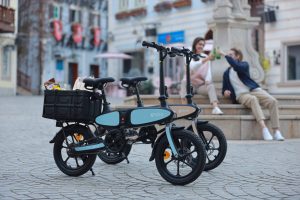
4 comentários
Xenia
How long does a typical e-MTB battery last before replacement?
Daniel Novak
Most quality batteries last around 700–1,000 charge cycles, which translates to about 3–5 years depending on use and care. Keeping the battery between 20%–80% charge, avoiding extreme heat, and not leaving it empty for long periods will make it last much longer.
Upton
Helpful read before investing in my first bike.
Tess
Now I know why my battery dies so fast 😅